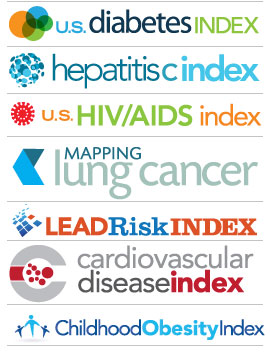Confusion Over Diabetes Types Adds to Patients' Woes
Diabetes News Wednesday, September 5th, 2012Causes, treatment differ between type 1 and type 2 disease
By Serena Gordon
HealthDay Reporter
WEDNESDAY, Aug. 29 (HealthDay News) — Given that about one in 12 Americans has diabetes, chances are good you know someone with some form of the disease. But you may be less informed about the different types of diabetes and their causes and treatments.
Because type 2 diabetes — by far the most common form — is linked to being overweight, many people mistakenly assume all diabetics have brought the condition on themselves or can cure it by changing their diet.
“I really take offense when people tell me that if I just stopped eating everything white — like sugar, bread and potatoes — I’d be off the ‘demon’ insulin in a month. That’s not how it works,” said Kelly Kunik, a diabetes blogger from the Philadelphia area who has had type 1 diabetes for nearly 35 years.
Type 1 diabetes, formerly called juvenile diabetes or insulin-dependent diabetes, affects only 5 percent to 10 percent of people with diabetes.
The one similarity that types 1 and 2 diabetes share is the inability to properly process sugar (glucose) in the blood. Blood sugar comes from carbohydrates in food. Grains, fruits and vegetables all have carbohydrates, as do sweet foods such as cakes and cookies. But sweets and refined grains, such as white bread, tend to raise the blood sugar more than whole grains and most vegetables. Read More

